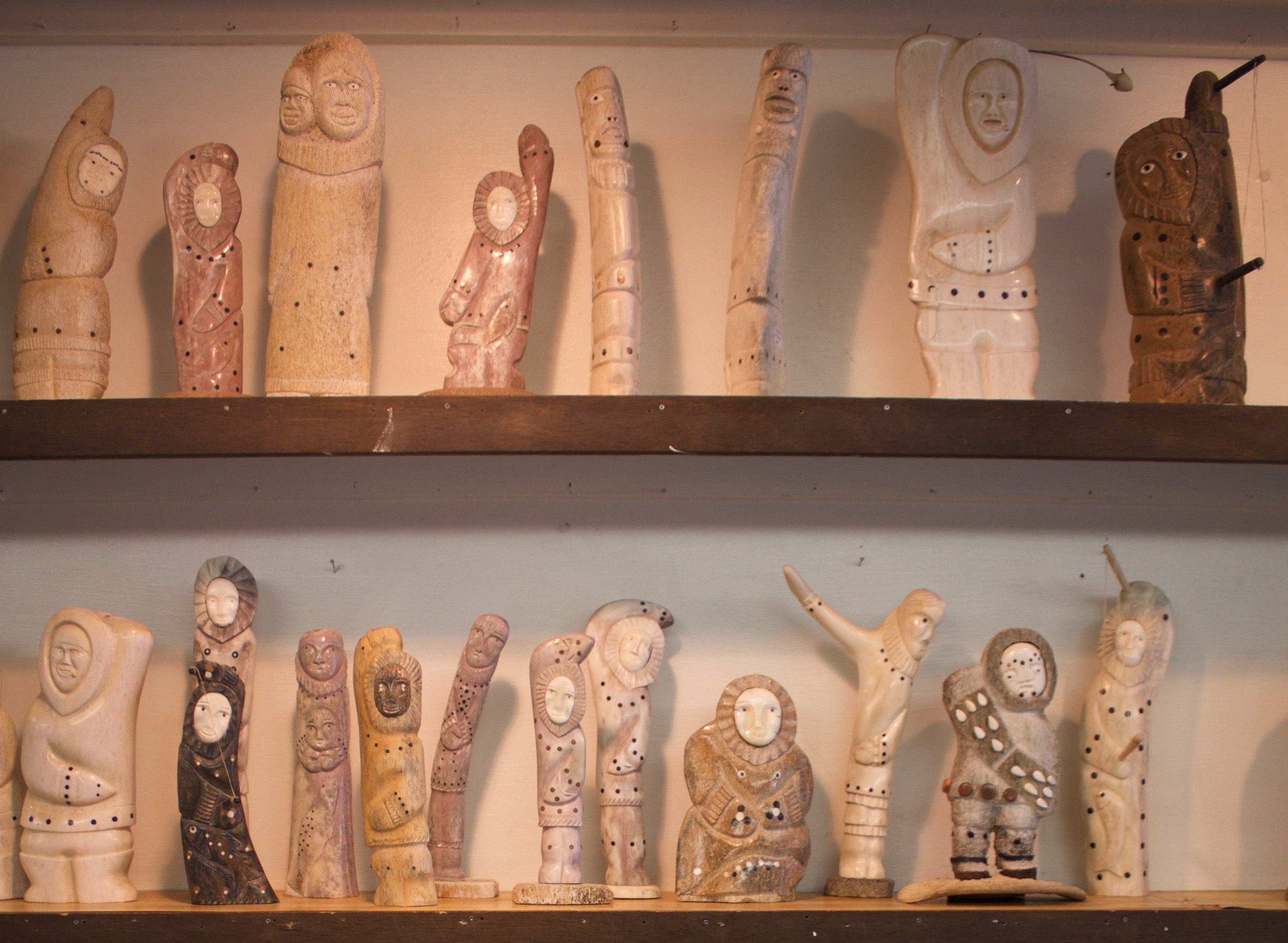The First Alaskans Institute, or FAI, hosted its 38th Annual Statewide Elders and Youth Conference last week. This was the second Conference the Institute hosted virtually due to the COVID-19 Pandemic. FAI vice president Ayyu Qassataq looked back on what made this year’s conference great.
“Anytime that you can get our really incredible Alaska Native people together and uplifting our people’s knowledge and our cultures and our brilliance, you really can’t go wrong. I left the conference just feeling incredibly inspired and wide open and thankful for the beauty of our people,” Qassataq said.
The virtual aspect presented different challenges than the traditional in-person gathering. In particular, the committee had to consider different ways to organize the more hands-on workshops of the conference that typically involve crafting supplies. Nevertheless, this did not stop the conference from being full of highlights.
Qassataq said one of the most memorable highlights centered around this year’s theme, ahnuu dAXunhyuu AXAkihya’ iLka’ GAdAqeeLinuu, which is in Eyak and translates to “side by side in the same direction, the people go by canoe.”
The fact that the theme was expressed in Eyak, specifically, led to an impactful moment according to Qassataq.
“(The Eyak speaking people’s) last fluent speaker had passed away a few years back, and it was this pretty devastating time. … On Monday, the two Eyak men asked all of the participants that were on the zoom with us to come off of mute and practice saying the theme in Eyak, out loud. To hear our people all across the state breathing life into the Eyak language … from all of our different cultural backgrounds was incredibly emotional. … It was beautiful!” Qassataq said.
For the first time, the conference planners at First Alaskans worked with Indigenous language speakers to formulate the theme in an Alaskan Native language before translating it into English, instead of vice versa.
Qassataq considered the people of the Norton Sound region to be well represented at this year’s conference.
“One thing that I think is so beautiful about where we come from is how diverse our region is. You know, we have Inupiaq, Yupik, St. Lawrence Island Yupik. We have different dialects of Inupiaq. And so there’s a lot of richness within the diversity that we have in our region and that, I think, was absolutely on display,” Qassataq said.
Qassataq said one particularly great moment for the people of the Norton Sound occurred at a Coffee Time with young leaders across the state when a young leader from Unalakleet, Victoria Fisher, explained her work.
“She was sharing some of the work that she has been doing with other youth in our community to help awaken our practice of singing and dancing again. This is work that has taken many hands throughout the year. There are many people in our community and outside our community that have been pulling together to help bring this practice back to our community. I was really thankful that she was able to share some of what our youth is doing to bring it back,” Qassataq said.
Recordings from this year’s FAI Elders and Youth conference can be found on the FAI YouTube channel. Next year’s conference will occur fall 2022.
Image at top: The Elder’s and Youth Conference’s hands on workshops included sessions on carving. Example of Native carving seen above. Photo courtesy of Emily Russel, KNOM (2016).





